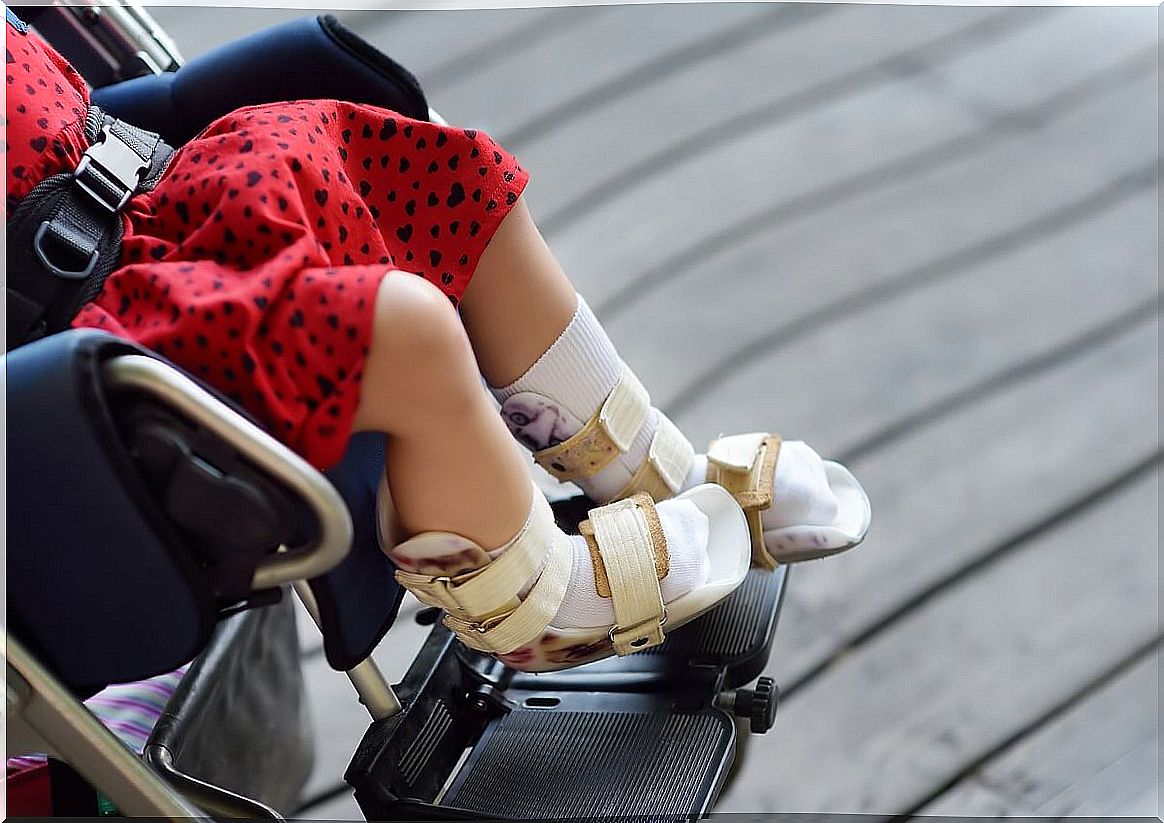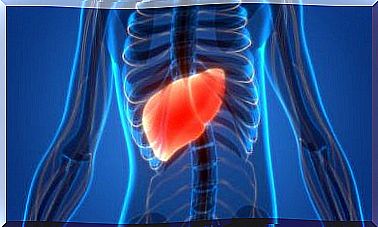What Are The Types Of Cerebral Palsy?
The different types of cerebral palsy that exist have to do with medical classifications that facilitate their approach and diagnosis. In any case, that does not remove the seriousness that this condition always has, especially due to its childhood presentation.
In medical terminology, cerebral palsy is a group of disorders that alter muscle mobility due to localized damage to the patient’s brain. In addition, along with this main nucleus, there may be other signs of the nervous system, more variable.
We are going to review the different types of this pathology to better understand it. One group of them is classified according to the position acquired by the person with the condition, while another is based on the part of the body that is affected. Finally, it can also be cataloged by gravity.
According to the tone and posture of the person
In this type of cerebral palsy, what varies is the position that the person acquires more frequently. The specific involved is muscle tone, since its alteration determines spasms, involuntary movements or ataxias.

Spastic cerebral palsy
This is the most common type of cerebral palsy. The muscles are in exaggerated tension and the reflexes are exacerbated. The patient cannot walk and barely drags his lower limbs, because he loses the ability to articulate.
A common movement when moving is that of the scissors, in which a lower limb crosses in front of the other rectum, without bending the knees. This paralysis leads to loss of muscle mass, which is why people tend to shrink their fibers.
Hypotonic cerebral palsy
Unlike the one we described in the previous section, this form has very little muscle tone. The fibers do not maintain contraction and the patient cannot be upright, keeping the limbs hanging, without force.
Beyond the internal movements, the vital risk is in the respiratory dynamics. Children and adults with this variety find their thorax mechanics difficult.
Athetoid cerebral palsy
This type of cerebral palsy manifests itself with movement of the whole body in a disorderly way. Muscle tone contracts and relaxes in the upper and lower limbs, involuntarily.
Symptoms on the face are usually in the region of the tongue, concentrated there. Although expressions also change abruptly when a spasm occurs.
Ataxic cerebral palsy
Similar to the athetoid, it occurs less frequently. The movements appear involuntarily, but always disorganized. The previous one we describe is more stereotyped. Balancing is difficult for affected people, both sitting and standing.
Mixed cerebral palsy
The mixed type is nothing more than a combination of symptoms that we described earlier. Classification is difficult, since physicians are faced with the problem of not knowing where precisely in the description to pigeonhole patients.
Types of cerebral palsy according to the part of the body affected
Depending on the body part that has the most symptoms, various manifestations and classifications will be discussed. In this sense, the types are as follows:
- Hemiplegia: this happens when only one side of the body has the symptoms, either the right or the left, depending on the affected brain region.
- Paraplegia: if the half of the body with signs were the lower one, from the waist down, then we would be facing a paraplegia.
- Tetraplegia: in this case the affectation is general, taking all four limbs from the neck down.
- Diplegia – This is a particular variant of cerebral palsy that manifests itself most often in childhood. In adulthood it is more infrequent. The symptoms are in the lower limbs, accompanied by muscle spasm.
- Monoplegia: monoplegia focuses on a limb, without its contralateral part or on the same side of the body, or also in a localized muscular region.

According to severity
This way of classifying cerebral palsy is based on international consensus that has its maximum expression in the Gross Mobility Function Classification System (GMFCS). It is an agreement between the World Health Organization (WHO) and the Surveillance Group for Cerebral Palsy in Europe.
Based on these criteria, we can talk about the following types:
- Mild form: this is a patient who can walk, although with certain limitations. Similarly, this includes people who manage to move without running with the support of external instruments, such as crutches or wheelchairs.
- Moderate variant: these patients with cerebral palsy need the assistance of third parties to specify movements of getting up and sitting down. The wheelchair is almost always present, although they are independent in their handling, especially indoors.
- Severe cerebral palsy: the most serious form is that in which the patient does not support the skull by his own means, which is why he requires third parties all the time, to carry out each activity of daily life.
What is the best classification?
There is no better classification of the types of cerebral palsy. Each meets specific criteria for the role it was created for. Some modalities are more useful in rehabilitation plans and others are from the medical approach.
The important thing is the accurate diagnosis that allows the development of an appropriate rehabilitation plan to improve the quality of life. This is achieved through physical therapy, psychosocial support, a safety net, and medical treatments.









